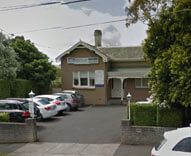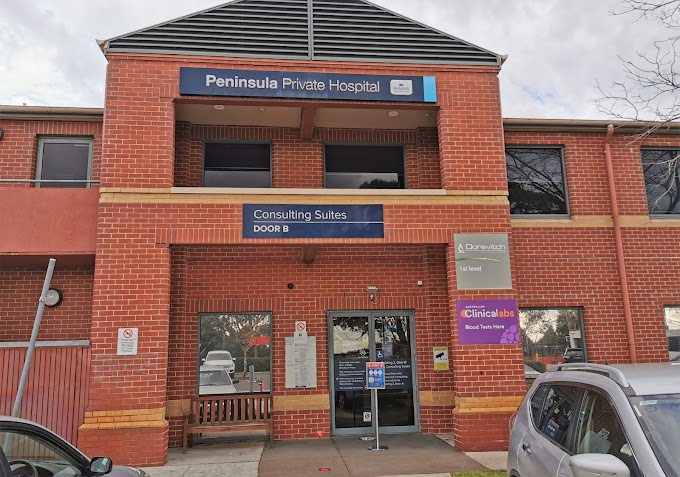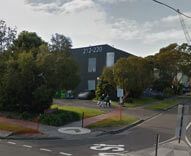Breast Reconstruction after Mastectomy

It is generally up to the patient and her breast surgeon when to undergo breast reconstruction surgery, but it is possible for a breast reconstruction to be performed immediately following a mastectomy, minimizing the number of operative procedures and achieving the best possible aesthetic result. Patients can delay the procedure if they feel it may interfere with further treatment or if they wish to consider other options.
There are several surgical alternatives available to patients who have chosen to undergo breast reconstruction. Dr. Ross is available to discuss each surgical option and he will make a recommendation based on health, age and the personal goals of the patient. During the initial consultation, patients will have to decide whether they wish to reconstruct the breast(s) with their own tissue or with an implant. There is no correct option. Both procedures are good choices and each has its own benefits.
Dr. Ross has performed more than 400 breast reconstruction procedures during his career.
For further information about breast reconstruction after mastectomy, or to schedule your initial consultation with plastic surgeon David Ross, please contact Bayside Plastic Surgery today.
Breast Reconstruction Surgery with Implants
In women who have previously undergone mastectomy, Dr. Ross usually undertakes breast reconstruction with implants in several stages. During the initial operation, which lasts one to two hours, Dr. Ross places a tissue expander beneath the muscle of the chest on the side of the mastectomy, which is partially filled with fluid. Over the course of several weeks or months, more fluid is added in order to slowly stretch the skin and make room for the permanent implant. When the skin has reached the desired shape, the tissue expander is removed in a second procedure, and replaced with a permanent breast implant. The size and shape of the implant is matched to the shape of the opposite natural breast. This procedure is most appropriate for younger women will a smaller natural breast size. In the case of immediate implant reconstruction following mastectomy, either a two stage expander/implant reconstruction can be used or often Dr Ross prefers to undertake a single stage direct to implant reconstruction. Dr Ross will advise on the best option in
each case at the time of your breast reconstruction consultation.
Candidates for breast reconstruction surgery with implants
Breast reconstruction with implants is ideal for younger, active women who may not have enough abdominal tissue for a successful flap reconstruction. The procedure is also appropriate for women who have undergone bilateral mastectomies, and women who elect to have a subcutaneous (preventative) mastectomy.
Results of breast reconstruction surgery with implants
A breast reconstruction with implants will look very similar to the natural breast, but patients appreciate that complete symmetry is difficult to achieve with a fabricated breast implant and implants do not feel as natural as normal breast tissue. The implant reconstruction will feel firmer than the natural breast, and may lie differently when the patient is horizontal or leaning over. In bilateral breast reconstruction procedures improved symmetry is better achieved using two similar sized and shaped breast implants.
Breast Reconstruction with Own (Autologous) Body Tissue
During a breast reconstruction with a patient’s own (autologous) body tissue, Dr. Ross removes a section of fat and skin from the lower abdomen or back and transfers it to the chest wall in order to create a natural breast mound. There are two techniques that can be used to deliver the section of fat and skin to the anterior chest wall. The first abdominal flap method requires mobilization of the living abdominal tissue, which is then transferred to the chest on a muscle pedicle in the abdomen or by microsurgical reattachment of blood vessels. The second type of breast reconstruction requires mobilization of tissue from the back, which is then transferred to the anterior chest on a muscle pedicle from the armpit. Usually an implant is also required with this type of breast reconstruction to create adequate symmetry with the contralateral breast.
Candidates for breast reconstruction surgery with autologous tissue
Autologous breast reconstruction is the preferred reconstructive surgery option by most plastic surgeons as it achieves the most natural feeling and long-lasting reconstruction. That being said, the woman considering reconstruction of her breast will need to have enough donor (usually abdominal tissue) to create a symmetrical breast mound. Therefore this reconstruction is best offered to women, who have completed their child bearing years and have at least a moderate amount of redundant abdominal panniculus.
Pedicled versus microsurgical autologous tissue transfer
Autologous breast reconstruction was originally described by Hartrampf in Atlanta USA in 1980 as a pedicled transfer of abdominal tissue based on the rectus abdominis muscle, which is sacrificed in the procedure. It is called the TRAM flap (Transverse Rectus Abdominis Musculocutaneous Flap). It has been the most commonly used autologous reconstruction over the past 30 years, but does have some limitations. Concerns about its use relate to the amount of tissue that could be safely transferred and potential weakness of the abdominal wall following muscle transfer. Subsequently the flap was modified to a free microsurgical flap which allowed better tissue perfusion and more reliable larger flap (free TRAM flap). This was weighed against the increased operative time and complexity of a microsurgical reconstruction. An experienced breast reconstructive surgeon can usually determine which procedure is more appropriate to use in each case. More recently the free TRAM flap has been modified in an elegant way to use only a perforator to vascularise the abdominal tissue, preserving the rectus abdominis muscle. This flap is called the Deep Inferior Epigastric Perforator (DIEP) flap, which is commonly used by some reconstructive surgeons. Being a microsurgical free flap it also requires increased operative time and more risk but less abdominal tissue than the free TRAM flap. There are proponents of all these flap types but on the whole, Dr Ross prefers the pedicled TRAM flap for most autologous reconstructions, due to its quicker operative time and safer, more reliable and predictable outcome. Dr Ross will discuss all the autologous reconstruction options in detail when you present for a breast reconstruction consultation and assessment. Please contact our office for more information on this issue or arrange a breast reconstruction assessment.
What to expect during and after breast reconstruction surgery
Both types of breast surgery have a similar recovery period and may require 5-10 days in hospital to allow for adequate recovery. Those patients undergoing abdominal flap reconstruction will require a longer recovery period to return to full duties, due to recovery of abdominal muscle strength. However, the abdominal procedure is usually favoured as it leads to the best long term
natural aesthetic result. Candidates for abdominal flap surgery must have a certain amount of excess fat and skin in the abdomen for the procedure to be successful. Younger patients who do not wish to sacrifice abdominal strength might be better suited for breast reconstruction with implants. During a breast reconstruction consultation at our Melbourne practice, Dr. Ross will go over each surgical option in detail.
Breast reconstruction with autologous body tissue is undoubtedly a complex procedure, and the procedure can take between 3 and 5 hours to complete in the operating room. However, autologous breast reconstruction surgery remains the “gold standard” because it produces a breast that looks and feels completely natural as it is made of living body tissues.
Learn More about Breast Reconstruction after Mastectomy
If you would like to learn more about breast reconstruction surgery after mastectomy, please contact Bayside Plastic Surgery in Melbourne, Victoria today. Our compassionate staff would be pleased to answer any questions you have and assist you in scheduling your initial appointment with Dr. Ross.




